Fake CBD vs. Genuine CBD – How to spot a fraud!
In today's rapidly expanding CBD market, the prevalence of counterfeit CBD products is on the rise, posing significant risks to consumers looking for quality and purity in their supplements. Understanding how to identify fake CBD products is crucial for ensuring you are benefiting from the full therapeutic properties of genuine CBD extracts and avoiding the pitfalls of fraudulent items. Here is a comprehensive guide to help you recognize authentic CBD and shield yourself from the fakes proliferating the market.
Estimated reading time: 8 minutes
What is Genuine CBD?
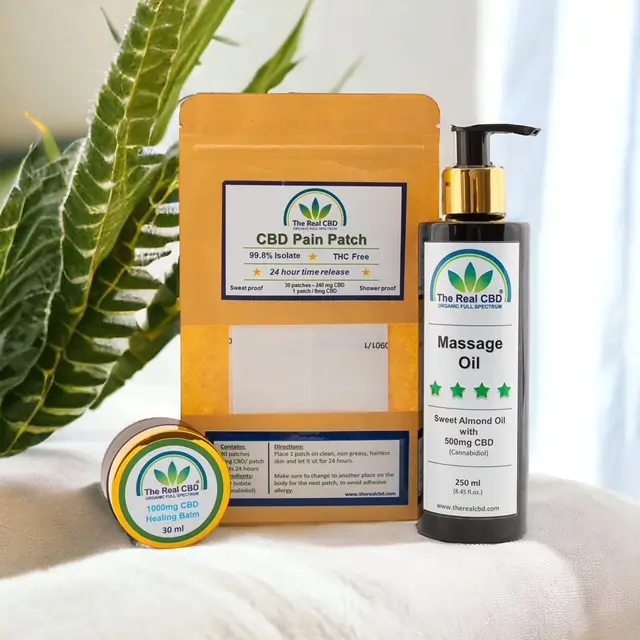
Genuine CBD is derived from the Cannabis sativa plant, specifically from strains known to produce high levels of cannabidiol and low levels of THC (tetrahydrocannabinol), the psychoactive component in marijuana. True CBD products contain the full spectrum of cannabinoids, terpenes, and other beneficial compounds that are extracted using precise, controlled methods to ensure the potency and purity of the product.
The Importance of Source Verification
- Verify the Source: Always check the origin of the hemp used in CBD products. Authentic CBD is derived from well-regulated farms that adhere to agricultural guidelines. Several European countries , the U.S. and Canada, have strict farming regulations that ensure the quality and safety of hemp plants from which CBD is extracted.
- Certified Organic: Opt for CBD extracted from organic hemp plants. This minimizes the product's exposure to pesticides and synthetic chemicals, common in non-organic farms. Certified organic labels are a good indicator of a legitimate product.
Reading Lab Reports
- Third-Party Testing: Reputable CBD manufacturers will provide access to third-party lab results. These tests analyse the cannabinoid profile of the CBD product, confirming its potency and ensuring it is free from harmful contaminants like pesticides, heavy metals, and moulds. Always verify these results before making a purchase.
- Batch Numbers: Genuine CBD products include a batch number on the packaging, which references a specific production run tested by third-party labs. Batch numbers ensure the product meets quality standards and helps in tracing back to its manufacturing process for accountability.
Assessing Product labelling
- Clear labelling: Quality CBD products should have clear, straightforward labelling that includes the amount of CBD per serving, the type of CBD used (full-spectrum, broad-spectrum, isolate), and a complete list of ingredients. Misleading or vague labels are a red flag for counterfeit goods.
Understanding Pricing
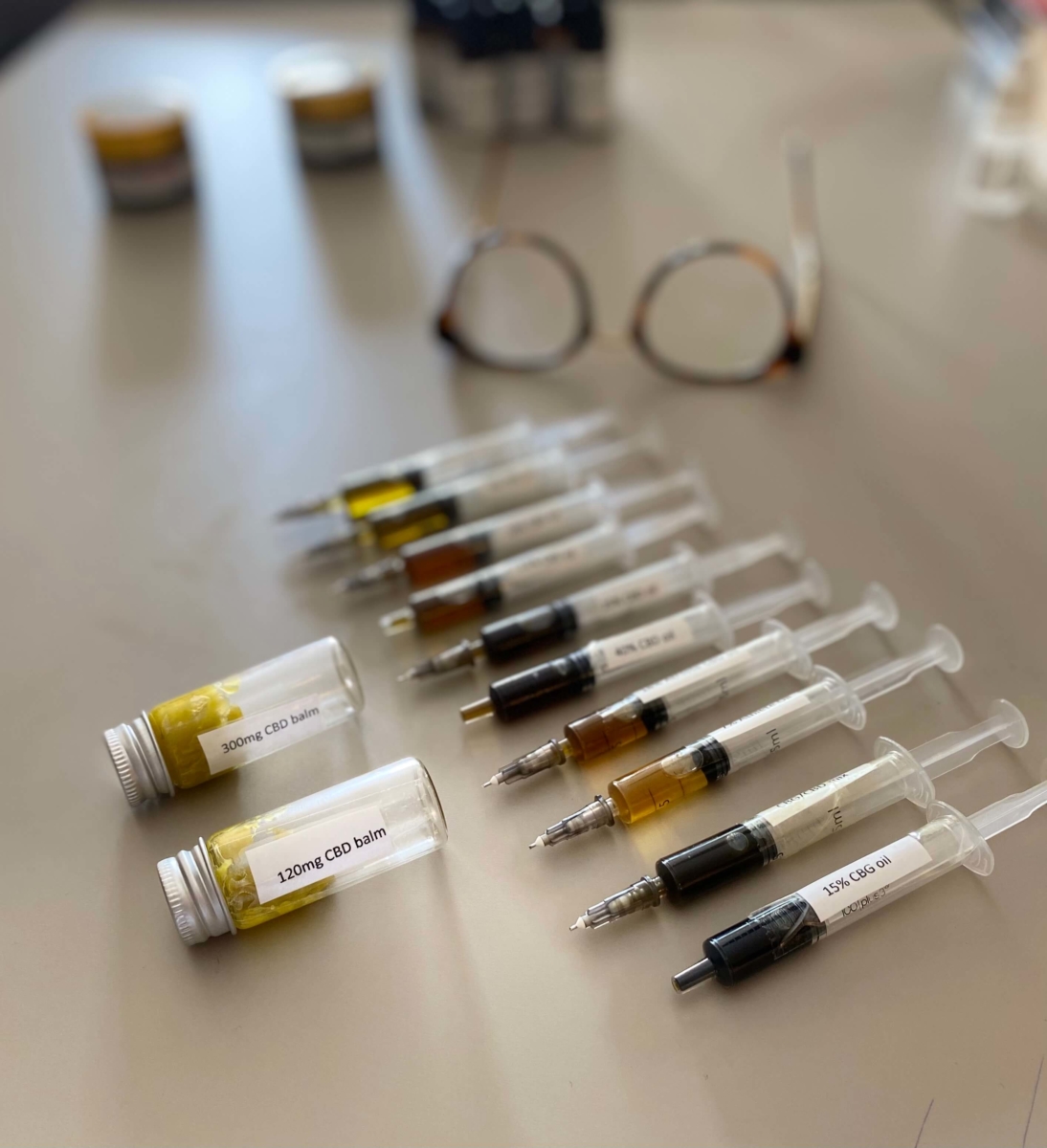
- Realistic Pricing: If the price seems too good to be true, it probably is. Producing genuine, high-quality CBD oil involves a costly extraction process. Extremely low prices can be a tell-tale sign of substandard or fake products.
Brand Reputation
- Reputable Brands: Do some research on the brand selling the CBD product. Established brands with positive customer reviews, professional websites, and transparent business practices are more likely to offer genuine products. Steer clear of brands with a history of legal issues or negative reviews.
Check the Product's Appearance
- Consistency and Colour: Genuine CBD oil should be consistent in texture and colour. Any separation (layers or sediment) in the oil is a sign of poor processing or adulteration. The colour should be golden to dark green, not overly pale or clear, which indicates excessive processing and dilution.
Taste and Smell
- Natural Flavour: Genuine CBD oil has a grassy, earthy taste and smell. Overly flavoured products may be disguising poor-quality oil or additives that compromise the product's purity.
Avoiding Online Scams
- Purchase Directly from Manufacturers or Authorized Retailers: To reduce the risk of buying counterfeit products, purchase directly from the manufacturer's website or authorized retailers. This also ensures you have access to customer service and proper return policies if issues arise.
What could fake CBD be?
Fake CBD refers to products that are marketed as containing genuine cannabidiol but do not, or they contain much lower amounts of CBD than advertised. Some fake products might contain no CBD at all. Instead, these products may be made with a variety of non-CBD substances, including harmful chemicals or synthetic compounds designed to mimic the effects of CBD.

Fake CBD products often contain little to no CBD, instead being made up of a mishmash of ineffective and potentially harmful substances. These products might utilize synthetic cannabinoids or other legal grey-area compounds which can cause severe health issues, including acute physiological and psychological effects.
We have heard stories about people selling “CBD oil” for pain with crushed Ibuprofen in hemp seep oil!!!
Common Substitutes and Additives in Fake CBD Products:
- Hemp Seed Oil: While hemp seed oil is a legitimate product rich in omega fatty acids, it contains no CBD. Some manufacturers misleadingly label this oil as having the benefits of CBD due to its association with the cannabis plant.
- Synthetic Cannabinoids: These are chemicals created in a lab to simulate the effects of the natural cannabinoids found in cannabis plants. Products with synthetic cannabinoids can be dangerous and have unpredictable effects, including severe side effects or adverse reactions.
- Other Oils and Additives: Some fake CBD oils may simply be other vegetable oils or synthetic compounds mixed with artificial flavours and dyes to mimic the look and smell of CBD oil.
More about CBD
The Risks of Fake CBD
Health Risks

Fake CBD products may contain harmful chemicals and higher levels of THC, posing serious health risks such as:
- Toxicity: Pesticides and heavy metals can lead to long-term health issues.
- Unintended Psychoactivity: Excessive THC can cause unwanted psychoactive effects.
Economic Risks
- Misinvestment: You risk spending money on ineffective or harmful products.
- Market Distrus: Fake products can lead to a general distrust in the CBD market, harming legitimate vendors.
How to Spot Fake CBD Products
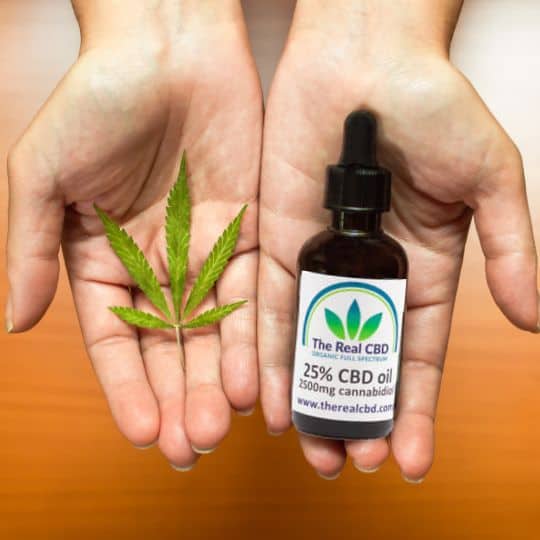
Suspiciously Low Pricing:
If the price seems too good to be true, it probably is. Producing authentic, high-quality CBD oil is an extensive process that is not cheap. Rock-bottom prices can be a clear indicator of a counterfeit product.
Vague labelling:
Genuine CBD products have clear, informative labels that list all ingredients, the amount of CBD per serving, recommended use, manufacturer and distributor information, and a batch or lot number. Fake products often feature vague or incomplete labelling that may omit important details.
Lack of Transparency:
If a manufacturer is not open about where their hemp is grown, how their CBD is extracted, or the results of their product's lab tests, this is a significant red flag. Transparency is key in the CBD industry.
Conclusion: Ensuring Genuine CBD Purchase
To avoid the pitfalls of counterfeit CBD, consumers should:
- Verify Source: Purchase from reputable companies that provide detailed product information.
- Check Extraction Method: Look for products extracted using CO2 methods.
- Request COAs: Ensure a third-party lab has tested the product.
Purchasing genuine CBD is crucial not just for the efficacy of the product but also for consumer safety and legality. Always take the time to do thorough research before making a CBD purchase.
FAQ – Fake CBD vs. Genuine CBD
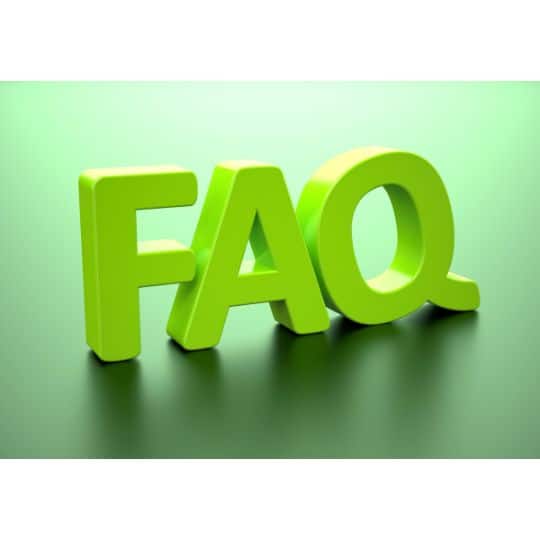
Common indicators include lack of a reputable manufacturer or brand name, absence of third-party testing results, very low pricing compared to market rates, and vague or missing product information on packaging. Authentic CBD products usually provide detailed labels including the amount of CBD per serving, full ingredient list, and the type of CBD used.
Third-party testing is crucial as it verifies the purity, potency, and safety of the CBD product. It ensures that the product does not contain harmful levels of contaminants such as pesticides, heavy metals, or excess THC. Products without these verifications are questionable and could be unsafe or ineffective.
To verify the authenticity of a CBD product, check for a certificate of analysis (COA) from a reputable third-party lab. This certificate should match the batch number on the product's packaging. Additionally, purchasing from established and trusted retailers or directly from the manufacturer's website can also ensure authenticity.
Avoid purchasing any CBD products that lack clear labelling or necessary documentation such as a COA. The absence of this information is a major red flag and suggests that the product may not contain the advertised levels of CBD, could be contaminated, or is otherwise not compliant with industry standards.
The Real CBD – Genuine CBD

I am a certified expert in Medicinal Cannabis. We are all about giving correct and trustworthy information. We know how important it is to learn about CBD and cannabis, which is why we want to be your go-to source for trustworthy information. We help you improve your health by using our knowledge and experience as a starting point.
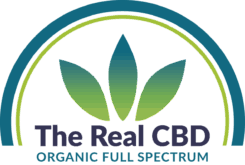


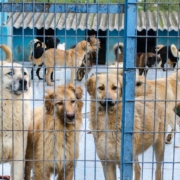
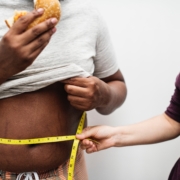
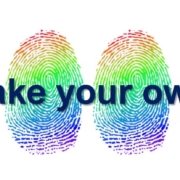



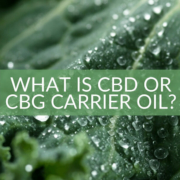
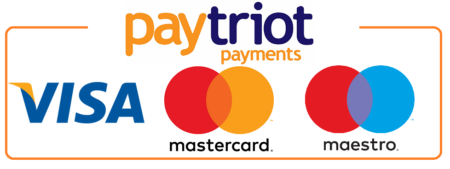


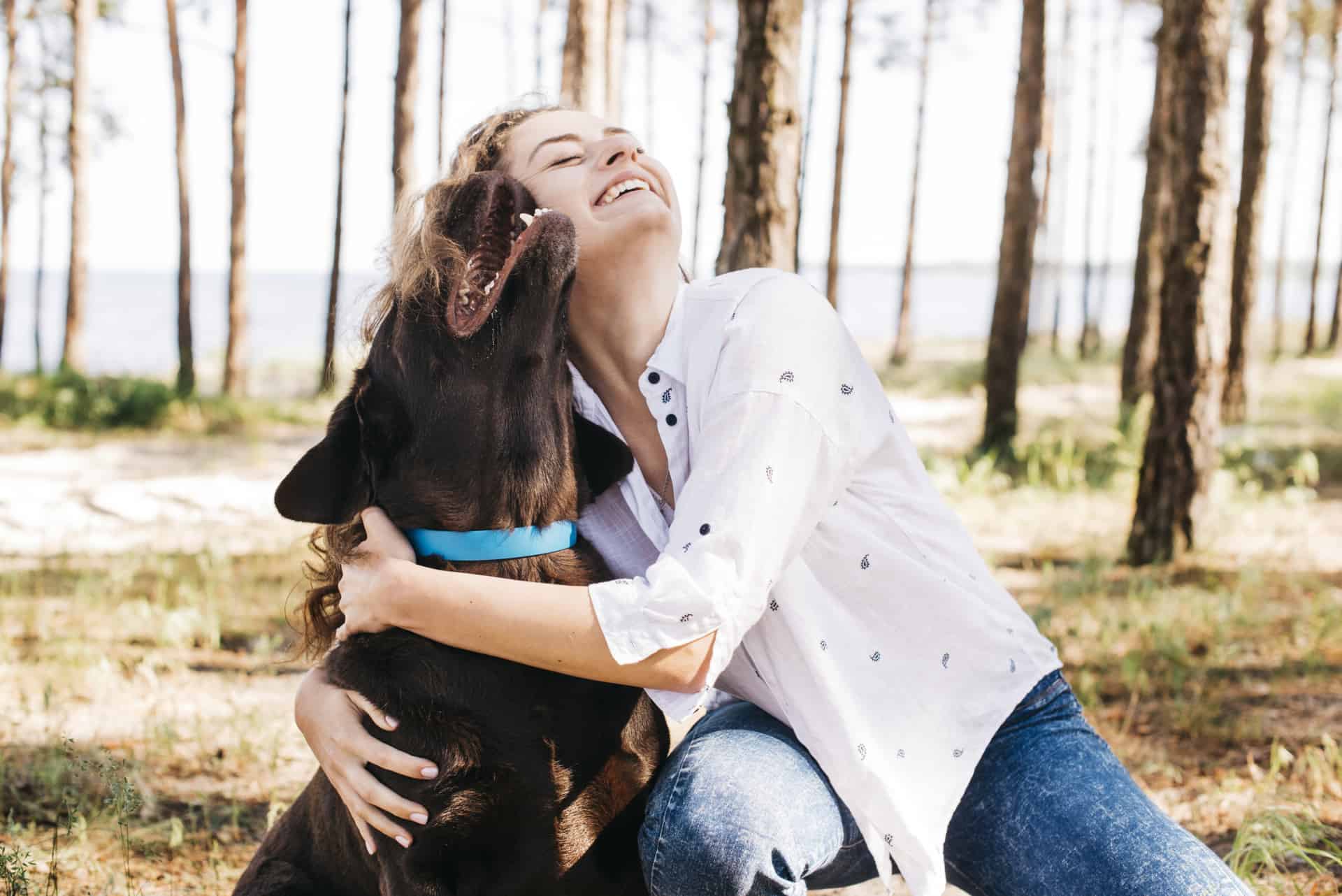
Leave a Reply
Want to join the discussion?Feel free to contribute!